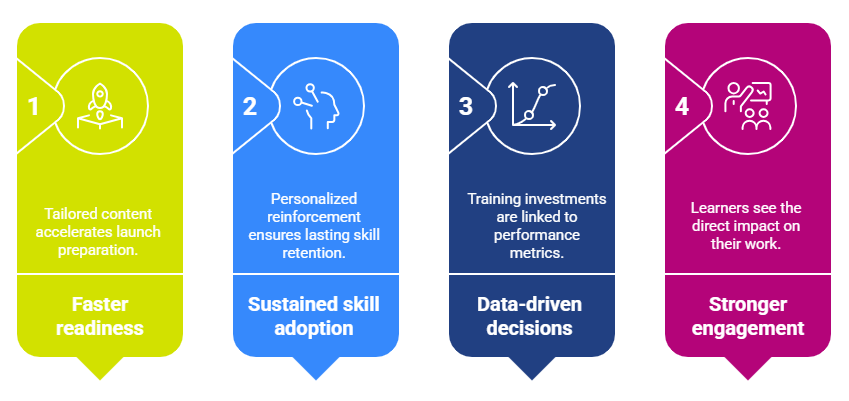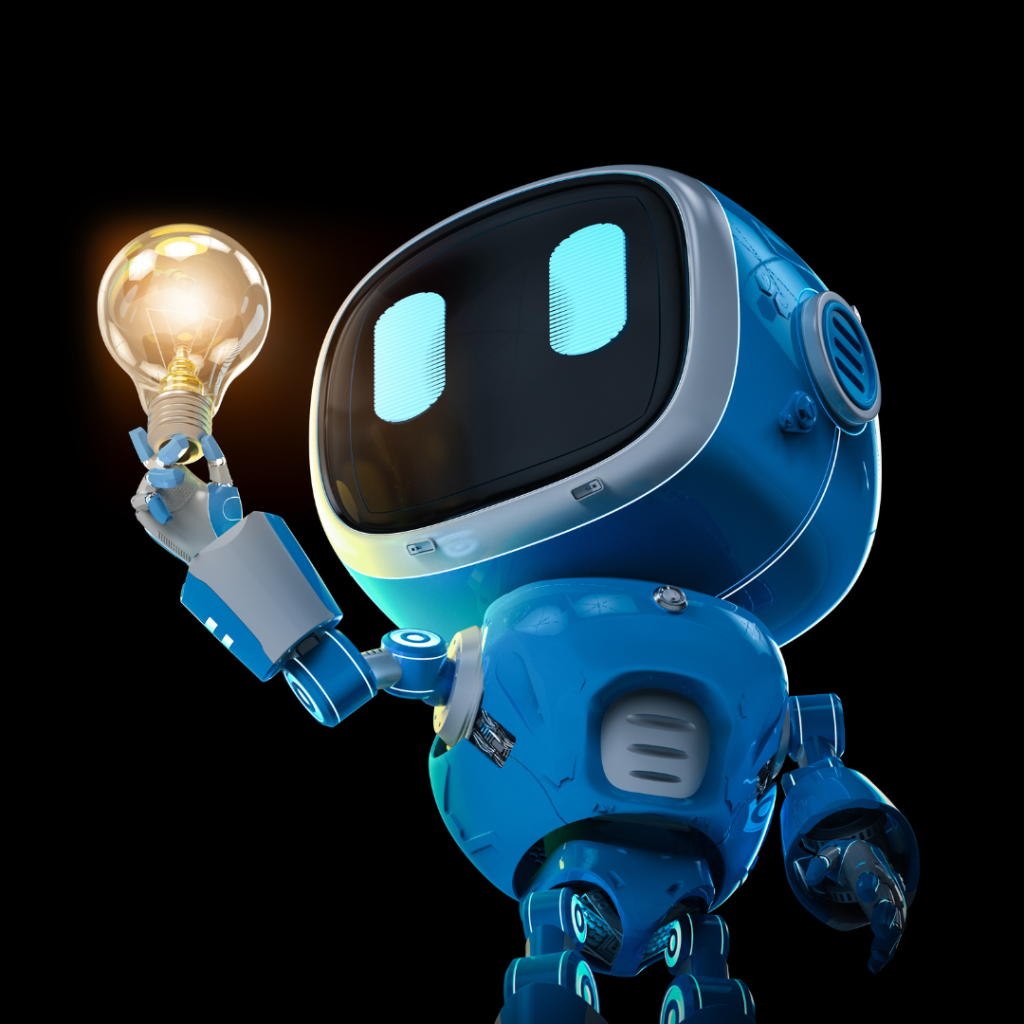In pharma, training has never been “one-size-fits-all.” Your sales rep in oncology needs a very different learning journey from your market access manager, or the nurse educator preparing for a new product launch. Yet, most learning programs are still designed and delivered in broad strokes. The result? High effort, low relevance and limited behavior change.
The future of pharma L&D lies in intelligent personalization: using data, technology, and behavioral science to deliver training that feels like it was designed for each learner, while still scaling across large, complex organizations.
Why the traditional model falls short
Traditional L&D often follows a familiar pattern:
- Build a curriculum once, then roll it out across roles and regions.
- Expect learners to extract what’s relevant to them.
- Measure completion rates rather than application.
But in an industry where product launches, regulatory shifts, and competitive pressures move fast, learners don’t have the luxury of sifting through content. They need training that is immediately actionable, role-specific, and embedded in their flow of work.
What intelligent personalization looks like
Think of it as personalization powered by both technology and insight. It’s not just about adaptive eLearning modules; it’s about building a connected ecosystem that tailors the entire learning experience.
- Role-based pathways: A KAM focusing on access conversations receives coaching simulations very different from a new rep learning core product knowledge.
- AI-driven recommendations: Intelligent systems flag which microlearning, job aid, or peer discussion is most relevant based on performance data.
- Behavioral nudges: Small, timely prompts help learners apply skills in real customer interactions.
- Feedback loops: Real-time analytics inform trainers and managers where reinforcement is needed, turning insights into immediate action.
Why this matters for pharma
Pharma learning has unique stakes. Poorly trained reps or field teams don’t just miss quotas, they risk misaligned messaging, compliance concerns, and patient trust. Intelligent personalization tackles these challenges head-on:
- Faster readiness for launches by tailoring content to roles, geographies, and regulatory environments.
- Sustained skill adoption through personalized reinforcement rather than “event-based” learning.
- Data-driven decision-making where training investments are tied to performance and patient outcomes.
- Stronger engagement because learners see the direct relevance to their daily work.

How to move toward intelligent personalization
This isn’t about replacing trainers with AI-it’s about making L&D smarter and more human. A few practical steps:
- Start with behavior, not content. Define what great performance looks like for each role.
- Leverage AI as an enabler. Use platforms that recommend, adapt, and scale, but always add human oversight.
- Design modularly. Build assets that can be mixed, matched, and sequenced differently for each audience.
- Measure outcomes, not just completions. Ask: Did this change how teams act in the field?
The bottom line
In pharma L&D, intelligent personalization is no longer a “nice to have.” It’s how organizations will bridge the gap between strategy and field execution, ensuring the right people get the right learning at the right time.
By combining behavioral science, AI-powered design, and human insight, training becomes less about checking boxes and more about driving the commercial performance and patient impact that really matter. Because the future of pharma L&D isn’t about doing more. It’s about doing what matters, smarter, faster, and more personally than ever before.





